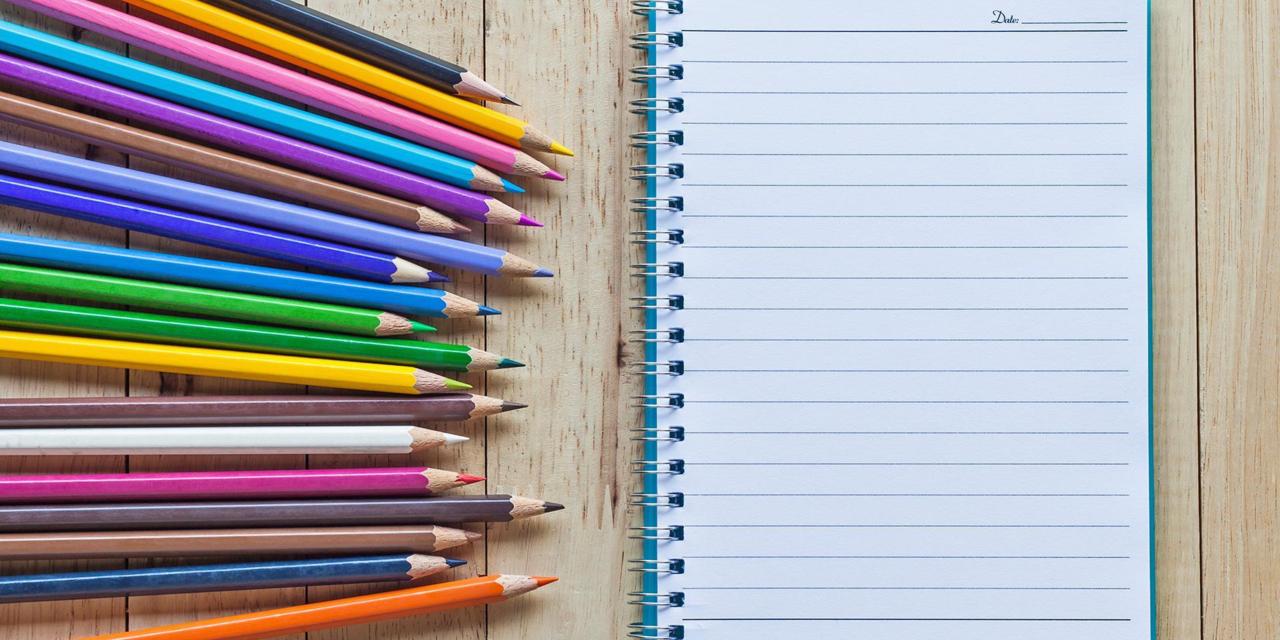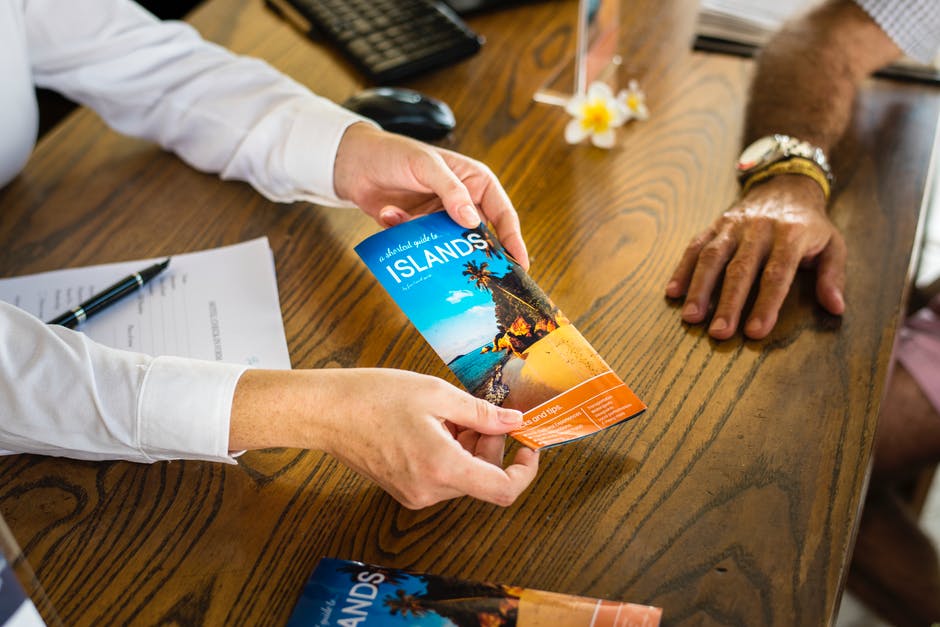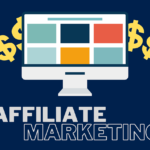Writing a sales brochure or a flyer without the necessary preparation is like blowing an arrow with your eyes blindfolded: in both cases, the target is rarely reached.
Here is a guide to succeed all your prints and transmit your message optimally. And above all, collaborate with the graphic design agency and the editor without wasting time or money.
-
Delimit the frame
For maximum efficiency, your print must serve a purpose and have a function. A flyer placed on the counter of your stall does not have the same vocation as a flyer distributed during an exhibition and should therefore be written differently.
Is your brochure used to:
– Get contacts, for example, at an exhibition or event?
– Conclude a sale? You hand it over to customers who are inclined to buy.
– Give pure information? The follow-up of a sale?
– Establish your credibility and your notoriety? Available for all your visitors or partners.While you are there, identify the location (s) where your print will be distributed.
A flyer distributed in a fair should be written differently than the same flyer placed on the counter of your stall.
-
Define the messages
Before contacting an agency or choosing a flyer template on the internet, it is best to know exactly what you want to communicate. Outline essential messages and important information to convey in your document. To start with the design before selecting the content is a mistake: the design must adapt to the content and not the opposite! Okay, you’ll always find graphic designers to convince you otherwise …

-
Segment your content
Segment your information into as many blocks as needed for easy reading and quick comprehension. Because readers tend to hover rather than read documents, they need to be able to capture most of your message without much intellectual effort.
Here are some examples of topics: the explanation of your product or service, what makes it unique or different, the benefits and customer benefits, the manufacturing process, a comparison with the competition, statistics, price, history of your company, all contact details, etc. Knowing the amount of content, you can opt for the appropriate format.
The more you segment your content, the more it will be readable.
-
Choose the format
Choose the size of the brochure or pamphlet, as well as the number of pages, depending on the amount of content, the purpose of the brochure and your budget. If you have a very, very tight budget, then you can go to these sites where you can do everything online, all by yourself like a big one. You need printing brochures for cheap.
The quality of the design is quite lamentable, it must be agreed, but if you do not care too much about the image of your company, nor the lack of flexibility of this kind of tools, it is an alternative to consider. But please, do not create your brochure on Microsoft Word!
-
Make a pre-layout
Make a pre-layout, defining the topic (s) for each page, and describing the visuals you want. It is during this phase that you will refine the architecture of the document: define the priority of the information, the segmentation of the headings, the addition of boxes, the space granted to each text. No need to look for specific photos at this point, although it is good to browse the image banks to look for some inspiration. You can simply describe the images you want to integrate: secretary behind his desk answering a call, a picture of an elephant in the savannah, a visual of a sunset on the sea, etc.
Related Posts












